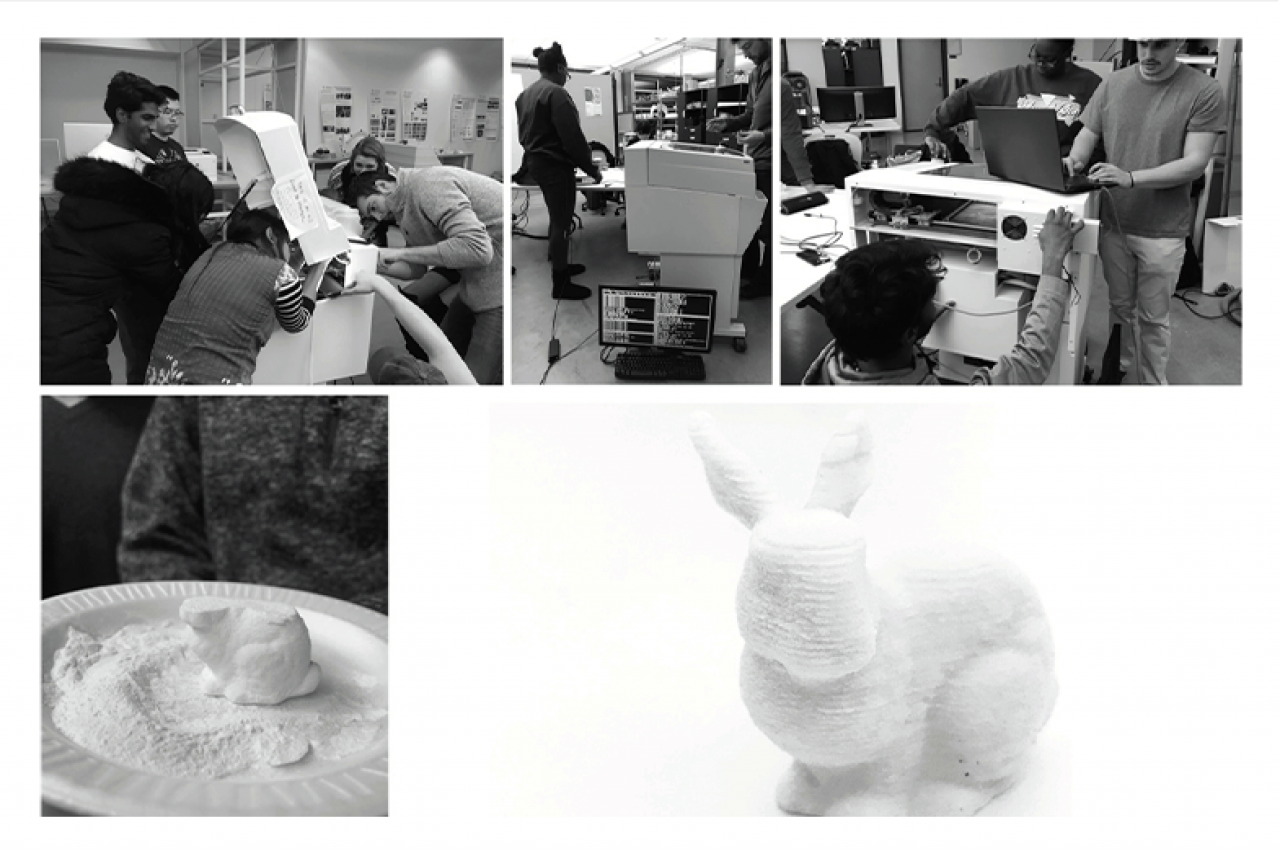March 02, 2021
Architecture professor recognized for innovative teaching practices with new C-PAD award

UNIVERSITY PARK, Pa. — Benay Gürsoy, assistant professor of architecture in the Stuckeman School, was recently awarded for her innovative and creative teaching practices in the classroom with the College of Arts and Architecture Center for Pedagogy in Arts and Design’s (C-PAD) inaugural Teaching and Learning with Technology Award.
The C-PAD award recognizes a faculty member in the College of Arts and Architecture who utilizes technology to enhance education.
“It is with great pleasure to award the newly established C-PAD Teaching with Technology award to Benay Gürsoy Toykoç,” said Ann Clements, director of C-PAD. “Her work in innovative teaching with and through technology is an inspiration for faculty across the college. Not only is she supporting student learning through technology, but she has also created ways in which the technology becomes part of idea generation."
Gürsoy uses technology to encourage collaboration among her students and provides unique instructional methods, all while empowering her students to think creatively.
One of her latest projects evolved from her discovery of an old powder-based 3D printer within the Stuckeman Family Building. Gürsoy brought the old printer back to her class, proposing that her students fix it.
The class, titled “Hacking Materials and Production Methods,” was full of students who have never worked with a Z-Corp 3D printer before but were able to collaborate, repair, operate and hack the machine that had once arrived in horrific shape.
“I truly love the atmosphere in the class,” Gürsoy said. “When, as the instructor of the course, you tell the students that you do not know how something works and encourage them to figure it out together, magic happens. The students take initiative, start tinkering and generating ideas without any fear of failure.”
Gürsoy’s teaching methods stood out as students were able to collaborate to learn about the software, replace the cartridges, decode errors and operate the dated machine.
“Although deep inside we were all thinking that it might not work, nobody ever gave up. In the end, we were all amazed at how a completely collaborative effort it was, where everyone in the class had a contribution,” said Gürsoy.
Students were then able to experiment more with the printer and elaborate on the parameters of their work, hacking the printer by changing the printing powder to bio-waste powders to discover potential solutions to greenhouse emissions caused by food waste.
Gürsoy empowered her students to be innovative with the technology before them, which led them to publish a paper about their work and to attend an international conference.
“We published our first peer-reviewed paper about our bio-waste recipes and tool-making process where we used molding techniques to fabricate kitchen tools with mixtures and we attended our first international conference, Sigradi 2020, to present the paper,” said Berfin Evrim, a recent alumna of the architecture graduate program who took Gürsoy’s class.
With this unique experience, Gürsoy was able to empower her students to think creatively on an innovative project that fostered classroom collaboration and demonstrated the value of teamwork. She not only taught with technology but provided students an opportunity to learn with technology.
The valuable experience gained from Gürsoy’s course inspired her students to not only collaborate, but begin individual projects.
Gürsoy’s instructional methods stand out to other Department of Architecture faculty members as well.
“Benay has distinguished herself as a maker who is totally immersed in using technologies as tools for intelligent design, and as a teacher who is dedicated to making these technologies accessible to students,” said Marcus Shaffer, associate professor of architecture. “They walk into this class to confront technology through creativity and Benay transforms their individual naïveté into group curiosity and then into a collective confidence.”
Gürsoy’s work resides in the field of design computing. She is the founder and director of ForMat (Form and Matter) Lab, housed within the Stuckeman Center for Design Computing. The lab focuses on computational making and material computation, exploring how material manipulation in design, whether carried out by hand or by digital tools, can become an integral part of the computational design process.
For more Stuckeman School news, follow us on Twitter @StuckemanNews.
